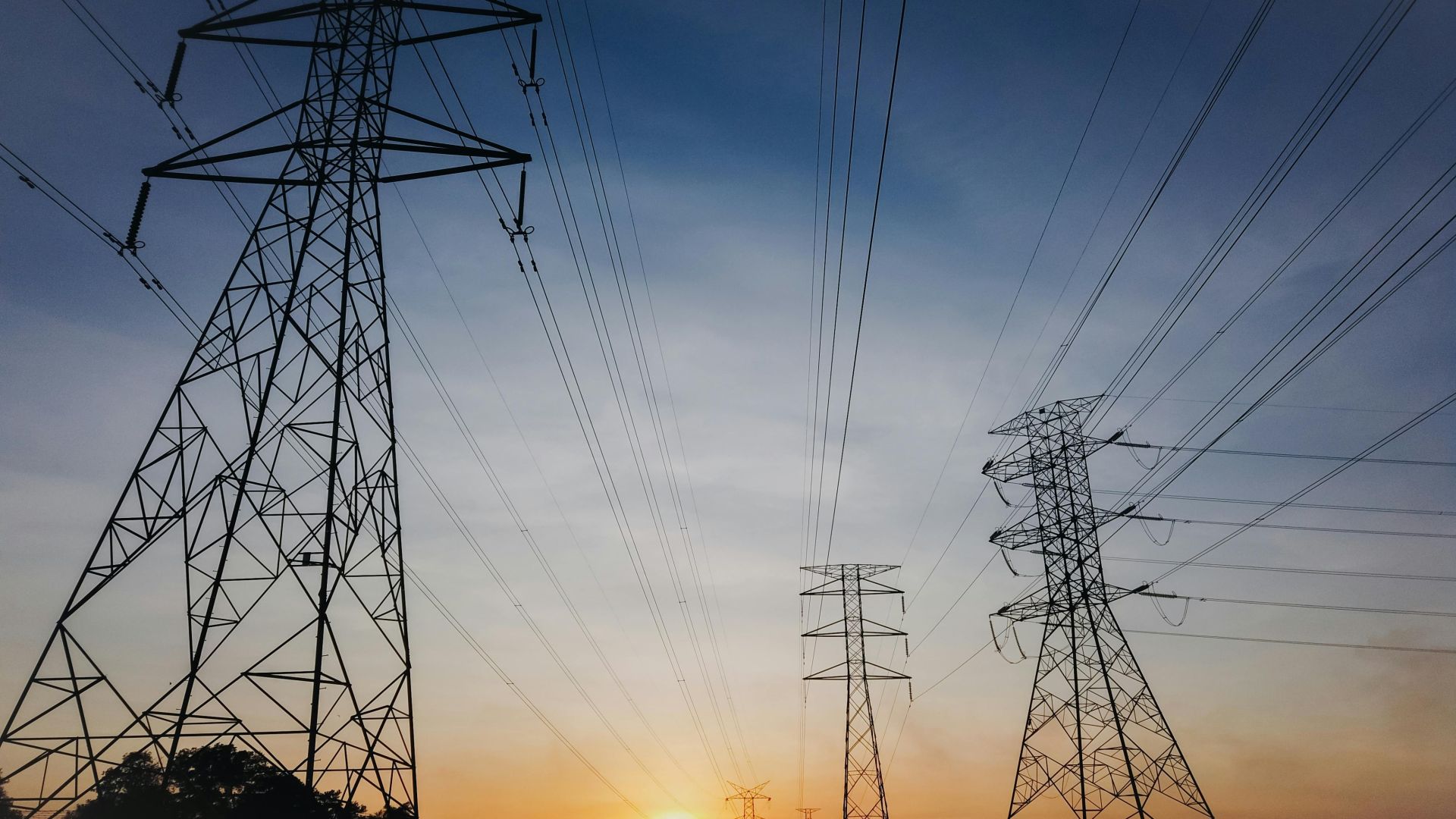Southeastern Regional Transmission Planning (SERTP) stakeholder meetings in 2025 have tackled Long-Term Scenario Development and surging load forecasts - but with reliability risks mounting and economic opportunities on the line, the Southeast needs more than compliance checkboxes.
It needs leadership and vision. It needs action.
Scenario-based planning is essential for long-term regional transmission planning because it enables utilities and planners to prepare for a range of plausible futures rather than betting on a single forecast. By modeling diverse scenarios—such as varying levels of electrification, clean energy adoption, expected power plant retirements, or economic growth—planners can identify transmission investments that perform well across multiple outcomes like high-impact extreme weather events that occur over time. This reduces the risk of overbuilding or underbuilding and ensures that the grid remains reliable, affordable, and adaptable under changing conditions.
Essentially, it helps to “future proof” the grid.
Much of the discussion at the Q1 SERTP meeting focused on baseline scenarios; however, all scenarios are expected to only evaluate 20-years worth of forecasts. And while this is a significant improvement over SERTP’s current 10-year outlook, it falls well short of some of its industry peers.
Southwest Power Pool, for example, uses a 40-year horizon for long-term planning.
Stakeholders at the Q2 meeting were presented with 10-year forecasts for elements that influence transmission solutions. Things like demand, or ‘load forecast,’ play a large role in identifying the transmission needed to serve consumers throughout the SERTP footprint.
The general theme of the load forecast is dramatic growth compared to previous years. Much of this demand is driven by large data center companies which have presented increasing challenges across the footprint, and a need for additional generation as well as transmission resources.
To accommodate this load forecast, Southern Company (SOCO), Duke Energy and the Tennessee Valley Authority (TVA) all have significant additions of solar and battery energy storage capacity. However, there are also commitments to building new natural gas generation. Demand has increased dramatically for new natural gas turbines, and with this increase in demand comes an increase in wait times.
According to the May EIA 840M Report, there are about 4.8GW’s of natural gas turbines in the SOCO and TVA footprints that are expected to be in service in the next five years, there could be a challenge to meeting expectations. In recent months reporting has revealed that gas turbine supply chain delays could be up to 7 years, which could delay these in service dates. When this generation comes online, it becomes a big factor in what transmission needs to get built. How power moves across the grid, and when it’s available can drive drastically different transmission solutions.
The topic that SERTP utilities spent the most time on during the meeting was a discussion of their preliminary transmission expansion plans. While the acronym SERTP contains the word "regional," all projects proposed in their yearly process to date address reliability issues only within the utility territories. For the process to truly be regional, it would have to propose at least one transmission project that bridges one or more utility territories. However, some trends have emerged driving large transmission solutions in the utilities in the SERTP footprint.
In the Southern Company territory, 500kV lines are a major feature in the company’s strategy to maintain reliability over the 10-year period covered by SERTP’s process. Some of these are many miles in length, and indicate the need to transfer large amounts of power from generation to load. In some cases though, there could be other reliability needs, like the ability to re-route power in the event of a large generator like the 700MW Plant Yates tripping offline.
In Duke’s territory across both Duke Energy Progress and Carolinas footprint, the maximum voltage for most solutions is capped at 230kV. This may indicate less of a priority for large energy transfers like those discussed in SOCO.
This spring, SREA commissioned a report from The Brattle Group that showed the Southeast faces up to 20 GW of new load and 80 GW of new generation by 2035, yet the region hasn’t approved a single regionally-planned transmission project in more than a decade.
Transmission inaction is already imposing real costs. Delayed and higher cost interconnection needs, higher cost local transmission upgrades, and constrained access to low-cost resources are pushing rates higher and deterring investment. Proactive, scenario-based transmission planning isn’t a bureaucratic requirement—it’s an economic imperative.
The time for action is now.
Transmission lines take a long time to construct. We must prioritize a multi-value focused transmission plan so construction can begin soon.
If we are proactive and plan for the future now, we will reap the benefits. If not, our future will be economic losses and power outages. The choice is simple.
The SERTP Q3 meeting will be held virtually and is scheduled for September 23. Registration is open through September 16.


